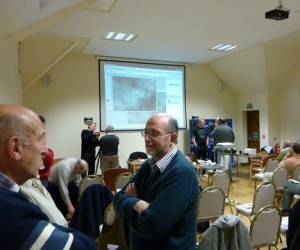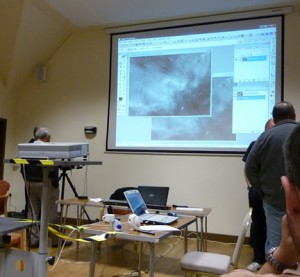What to image in May
M106
NGC4565
NGC4725
M63 – Sunflower galaxy
M51 – Whirlpool Galaxy
M53
M3 – Globular cluster
Tag : astrophotography
M106
NGC4565
NGC4725
M63 – Sunflower galaxy
M51 – Whirlpool Galaxy
M53
M3 – Globular cluster
This is an imaging list for myself to follow. The reason it does not include all objects may be due to my surrounding garden views or that some distant objects are just too small for my telescopes.
| M31 | Andromeda Galaxy |
| M52 | M52 and Bubble Nebula |
| IC5146 | Cocoon Nebula |
| NGC7317 | Stephan’s Quintet |
| IC1396 | Elephants Trunk |
This is an imaging list for myself to follow. The reason it does not include all objects may be due to my surrounding garden views or that some distant objects are just too small for my telescopes.
| NGC6888 | Crescent Nebula |
| NGC6946 | Firework Galaxy |
| NGC6960 | Witches Broom |
| NGC6992 | Network Nebula (Eastern Loop) |
| NGC7000 | North American Nebula |
| IC5070 | Pelican Nebula |
| IC5146 | Cocoon Nebula |
| NGC7023 | Iris Nebula |
| M2 | Globular Cluster |
| M15 | Globular Cluster |
| M27 | Dumbbell Nebula |
| IC1396 | Elephants Trunk |
On Saturday 13th November I headed on over to a small village outside of Rugby to attend an Advanced CCD Imaging Course run by Ian King. I did not know what to expect when it came to the venue, all I knew was that it was in a village hall. Well usually village halls conjure up visions of a dark, old and very cold hall where the local scout troop meets up. But I was very pleasantly surprised to find a 3 year old village hall with all the latest mod cons.
 The day began at 10.30am with a short introduction about what was happening in the course and then we went straight into learning about monochrome imaging with John Evans.
The day began at 10.30am with a short introduction about what was happening in the course and then we went straight into learning about monochrome imaging with John Evans.
After a short tea break, John Evans then talked more about how he processed his monochrome images and the equipment that he uses. John was actually buying Hasselblad lenses from eBay and attaching them to QSI CCD cameras in order to take wide field images with Hydrogen Alpha filters.
Ian King then gave a talk on the latest active and alternative optics and how amateur astronomers can use them. Lunch followed the talk – which was included in the price of £35 per head for the day.
Ian then gave another talk on motorized focusers. It covered all the various models that can be purchased and what telescopes the motorized focusers fit. He also gave use a live motorized focuser demonstration by using Focus Max in Maxim DL which was connected to refractor with a motorized focuser which was pointing at an artificial star.
 Nik Szymanek then took over and gave us two 1 hour lectures. His first talk included a discussion of RGB and LRGB imaging and processing and how he uses FITS Liberator. Nik took us all the way through his image processing regime, which was very insightful and really opened up for us the kind of ‘black box’ of imaging techniques the top astro photographers in their field use.
Nik Szymanek then took over and gave us two 1 hour lectures. His first talk included a discussion of RGB and LRGB imaging and processing and how he uses FITS Liberator. Nik took us all the way through his image processing regime, which was very insightful and really opened up for us the kind of ‘black box’ of imaging techniques the top astro photographers in their field use.
Nik’s second talk included more about processing narrowband imaging. This included processing Ha, OIII and SII images, as well as the Hubble palette and Bi-Colour image processing. He also covered the usage of the program Neat Image and other noise control programs and methods in image processing.
John Evans closed the day at 5.30pm with a short talk practices best avoided, how to progress your imaging and he also took questions from the group.
The day ran from 10.30am until 5.30pm, included lunch and all tea and coffees etc. and all for just £35 per head. We thought it was amazingly good value as we both learnt so much during the day about image processing.
Ian King runs these CCD imaging courses every now and again, and it is worth checking his website for more information. He also runs a beginners imaging day, and that is something I have now also booked.